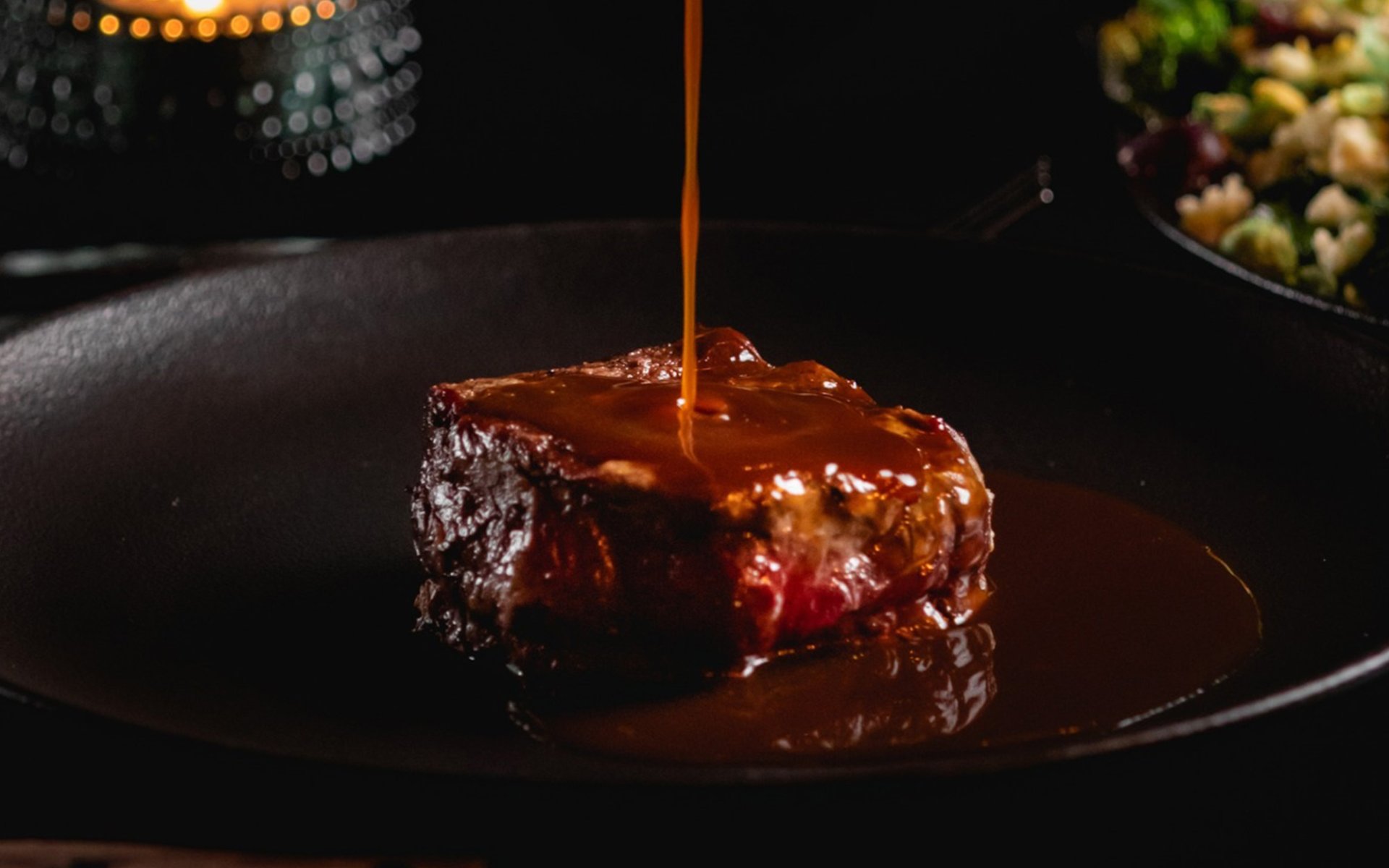Gravy

When it comes to enhancing the flavor of our favorite dishes, gravy stands as a key component that helps to complete our meals. With its rich, mellow taste, whether drizzled over thinly sliced roasted meat, soft mashed potatoes, or juicy grilled chicken, gravy elevates the deliciousness of our meals.
Gravy is a versatile sauce that comes in various forms and flavors. Most commonly, it is made from the pan drippings of cooked meat or vegetables. The history of gravy dates back to ancient Greek civilization. Early cooks recognized the value of the flavors left behind in the cooking process, believing these could create a good taste for food. They then used the leftover juices from roasted meat, seasoned them further, and created a sauce to pour over dishes.
Origins in Greece and Rome: "Jus" and "Salsa Jusculum"
In ancient Greece, this type of sauce was called jus. Simultaneously, Rome also had a similar sauce, which Romans called Sauce of the juice or Salsa jusculum, a sauce made from roasted meat drippings mixed with wine and spices.
Later, the influence of this type of sauce spread into Europe during the Middle Ages. As European culinary practices developed, so too did gravy. During that era, meat was often slow-cooked in a pan to allow its juices to release. These meat juices would then be combined with wine, herbs, and spices to create a rich sauce called Gravé in French, before evolving into Gravy as we know it today.
The Spread of Gravy: From Europe to the Americas
During the Age of Exploration and colonization, gravy began to diversify and spread to various parts of the world. In America, it was influenced by Europe in the 17th century. The popular American gravy is Turkey Gravy, commonly used during Thanksgiving. This type of gravy was inspired by England's "Onion gravy." Additionally, in the Southern United States, another type of gravy made from cornstarch is called Roux based gravy.
In modern times, gravy has continuously evolved, adapting to changing tastes and culinary trends. Chefs and home cooks experiment with new gravy flavors, incorporating a myriad of ingredients and techniques, such as vegetable stock, mushroom extracts, or even seafood broth, all of which can be used to make gravy.
The Art of Gravy Making and Its Cultural Diversity
Making gravy might seem simple, but it actually requires meticulous technique for consistent flavor. It begins by combining the drippings left after cooking meat or vegetables with broth or stock. Then, it's slowly simmered, and flour, cornstarch, or other ingredients are gradually added to give the gravy its desired thickness and smooth texture.
Today, gravy has become a popular accompaniment in many cultures, not just in Western cuisine. In Asia, gravy has also gained popularity, developing into diverse forms to suit the dishes of each culture. Examples include gravy mixed with soy sauce, commonly used in Chinese stir-fries and noodles, or gravy mixed with masala sauce, popular in India, and so on.


